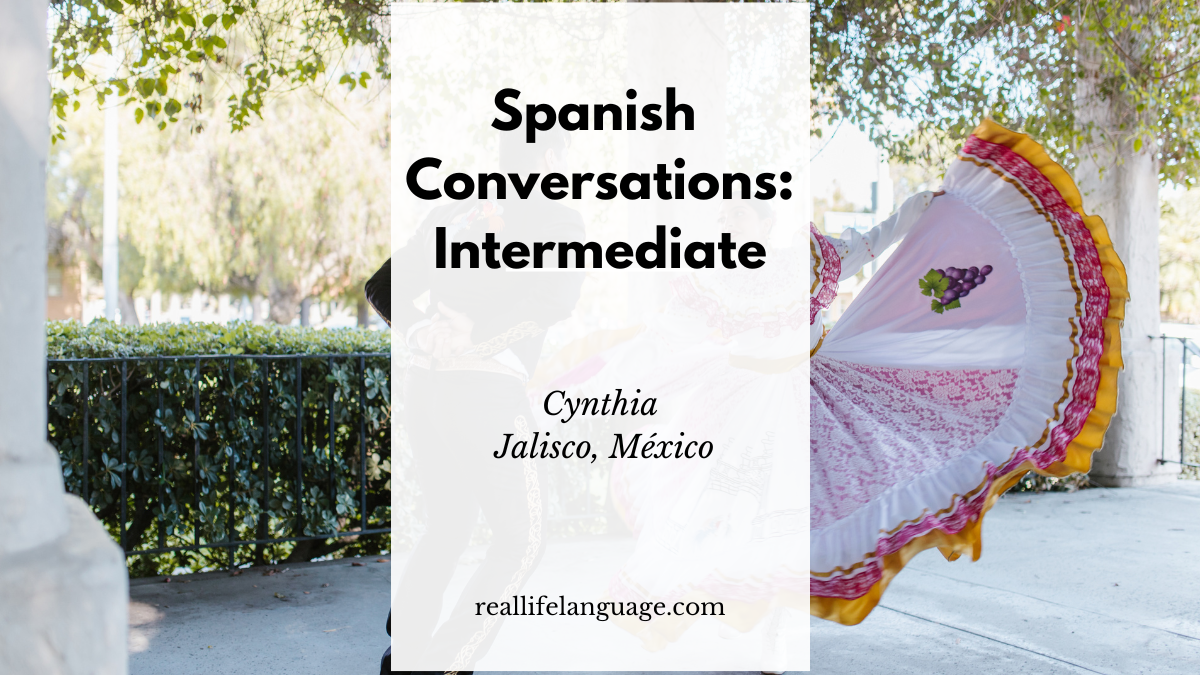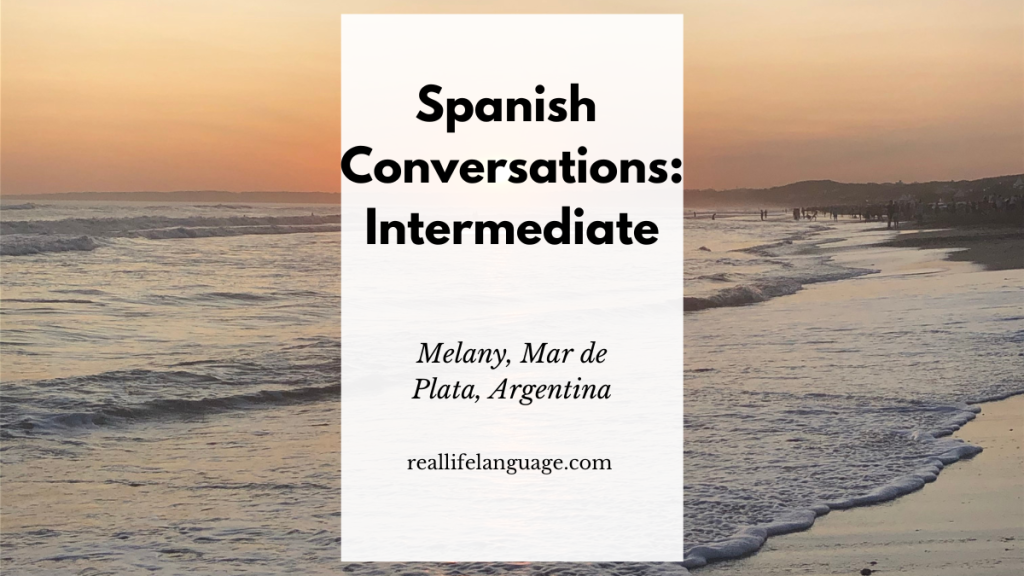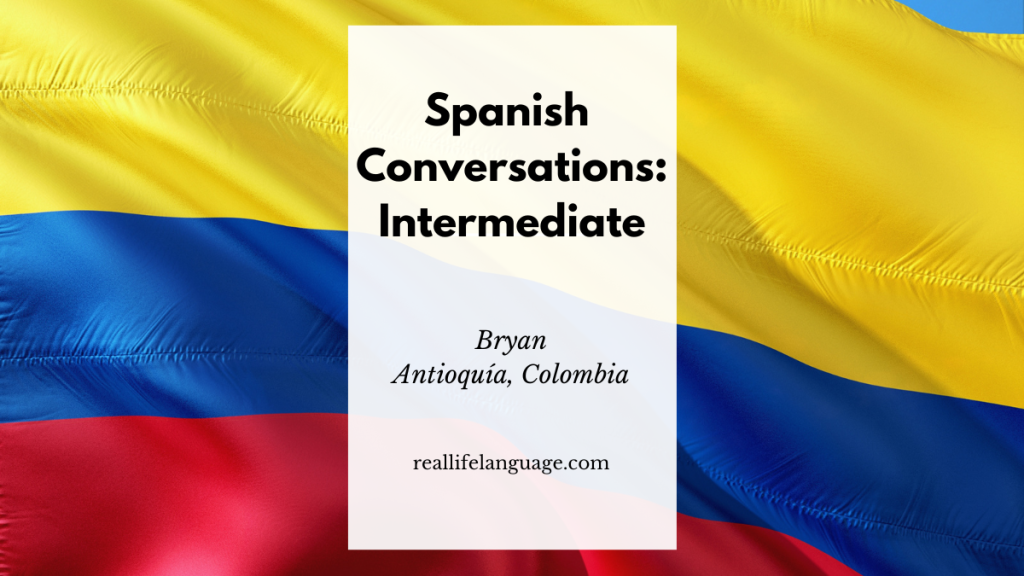
This article outlines an intermediate Spanish conversation featuring a speaker from Jalisco, Mexico, and it is designed to help learners who want to learn Spanish by studying real, natural responses about everyday topics: memories, vacations, personality, health, culture and technology. The piece breaks down useful vocabulary, model sentences, grammar points and speaking activities so learners can practise and build confidence.
Conversation highlights — what was discussed
The speaker shares short, candid answers about personal experiences and opinions. Key themes include:
- Childhood memories and past trips (e.g., an amusement park visit and swimming in California).
- Recent activities and vacations (going to a new restaurant, visiting Puerto Vallarta).
- Personal description: calm, enjoys home but loves to travel and learn about other cultures; passionate about teaching.
- Plans for the future: continue working, improve, travel, start a family.
- Friendship, parties (tequila culture in Jalisco), and local culture—museums, food, music and literature.
- Health and well‑being: the increased interest in exercise, cycling routes and gyms since the pandemic.
- Technology: pros and cons—connects people and helps teaching Spanish, but can distance us from the real world.
- Nature in Jalisco: agave landscapes, forests and beaches; preference for city life with occasional countryside retreats.
Useful vocabulary and phrases for learners
Below are compact sets of phrases learners can use immediately. Each Spanish example is followed by an English translation and a short tip.
Talking about past events
- Recuerdo un día cuando tenía seis años. — I remember a day when I was six years old. (Use recuerdo + imperfect tenía to describe childhood memories.)
- Fui a la playa en Puerto Vallarta. — I went to the beach in Puerto Vallarta. (Simple past / pretérito to describe completed actions.)
- El fin de semana pasado salí a un restaurante nuevo. — Last weekend I went out to a new restaurant. (Use el fin de semana pasado with pretérito.)
Describing personality and preferences
- Soy una persona tranquila. — I am a calm person.
- Me gusta viajar y conocer otras culturas. — I like to travel and learn about other cultures.
- Me apasiona la enseñanza. — I am passionate about teaching.
Talking about the future
- Pienso seguir trabajando y buscar nuevas oportunidades. — I plan to continue working and look for new opportunities.
- Quiero formar una familia. — I want to start a family. (Use quiero or pienso + infinitive for plans.)
Opinions about health, technology and leisure
- La salud es lo más importante. — Health is the most important thing.
- La tecnología nos acerca, pero a veces nos aleja del mundo real. — Technology brings us closer, but sometimes distances us from the real world.
- En mi ciudad la gente sale a hacer ejercicio y rutas en bicicleta. — In my city people go out to exercise and do bicycle routes.
Grammar focus: how the speaker expresses ideas
Intermediate learners should notice and practise the verb tenses and structures used in the conversation.
Preterite vs Imperfect
Use the preterite (pretérito) to narrate completed actions: Fui, salí, viajé. Use the imperfect (imperfecto) to describe background, habits or ongoing states in the past: tenía, era, gustaba.
Present tense for routines and preferences
Present simple expresses habits and general preferences: soy, me gusta, me encanta. Pair these with adverbs to add detail: generalmente, a veces.
Future and plans
Express near future with ir a + infinitive or plans with pensar + infinitive and intentions with querer or planear.
Practice activities for learners who want to learn Spanish
Practical drills to gain confidence using the conversation themes:
- Shadowing: Listen to a short answer (e.g., about vacations) and repeat aloud, matching rhythm and intonation.
- Role play: Pair up and ask each other the same questions—describe a childhood memory, your last vacation, or your future plans.
- Write and transform: Write a short paragraph about health habits using both preterite and imperfect. Then convert it to a spoken version.
- Vocabulary flashcards: Create cards for cultural words (agave, tequila, museo, poema) and phrases for opinions (creo que, pienso que, me parece que).
- Record and review: Record a one‑minute answer to any question from the conversation and compare your speech to native rhythm.
Cultural notes and conversation prompts
The speaker mentions local life in Jalisco: tequila production, agave landscapes, and community gatherings. Use these prompts to expand conversation practice:
- Describe a typical festival where food, music and local drink play a role.
- Talk about how health and exercise habits changed after the pandemic in your area.
- Discuss pros and cons of technology in learning and teaching languages.
Conclusion — how to use this material to learn Spanish
This conversation is a compact resource for intermediate learners who want realistic practice. Study the phrases, notice the verb tenses, and do the suggested speaking activities. By combining listening, shadowing and production you will steadily improve listening comprehension, fluency and confidence. Return to the video, practise the model answers and create your own variations to keep progressing as you learn Spanish.
100s of videos to learn Spanish:

